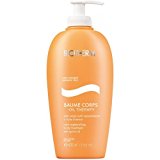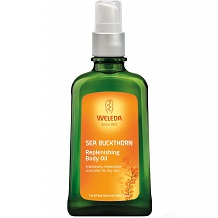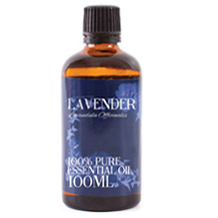Self-tanner purchasing advice: how to choose the right product
- What you need to know
- Self-tanning products ensure that the skin is tanned within a few days due to their ingredients.
- Tanning products come in different forms that have different side effects and are particularly suitable for certain skin types.
- Self-tanning products are safe for health, but must be stored correctly.
- Use skin peelings and body lotion before using the tanner to achieve a perfect result.
Quick tan from the tube
Especially in summer, many people want their skin to take on a darker complexion. To achieve this, sunbathing is the most obvious way. If you don’t want to expose yourself to UV radiation and the risk of sunburn, there are self-tanning products as an alternative. This can also be the more attractive option for those with little time or if the weather is persistently bad. Available in a variety of forms, these cosmetics – when used correctly – quickly help you achieve a natural-looking, even tan.
What provides the tan?
Most self-tanning products contain dihydroxyacetone (DHA). This is a type of sugar that reacts with the amino acids in the top layer of skin. This causes the cells to form dark pigments and the brown colouring to develop. The higher the concentration of DHA in the self-tanner, the more intense the tan. However, people with fair skin may have an orange tinge. They should therefore use a product with a low DHA content of no more than two percent. The tan develops gradually within three to six hours and fades after one to one and a half weeks.
Another tanning ingredient is erythrulose, also a type of sugar. It tans more evenly and makes the colouring last about two weeks. In addition, unlike DHA, it does not develop the typical self-tanning smell. However, erythrulose tanners take a few days to fully develop their colour. In some products, the two substances are also combined, which reduces the likelihood of a colour cast from the DHA.
Not everyone is susceptible to self-tanners
About 10 to 15 per cent of people get no effect from self-tanners because their skin does not react with the ingredients. This is genetic; so it is not worth trying different manufacturers. The self-tanning products simply have no effect.
Forms of self-tanning products
The best-known form of self-tanner is the lotion. However, there are other options that are practical to use or particularly suitable for certain skin types.
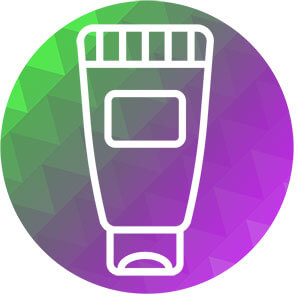
Tanning lotion
The most common dosage form has the advantage that it also has a moisturising effect. Therefore, the lotion is particularly suitable for people with dry skin. The consistency is similar to a conventional body lotion and is ideal as an entry-level tanner. It usually contains a small amount of tanning substances, so that it provides a rather subtle tan and uneven application is not too noticeable.

Tanning gel
Gel is absorbed more quickly and does not leave a film on the skin. This makes it interesting for people who tend to have oily skin. Gel is also more suitable for use on the face. The skin there is usually oilier and more sensitive than on the arms or legs, for example. Tanning gel has a more intense effect than most other forms, so it should preferably be used by people with experience and not too light a skin tone.
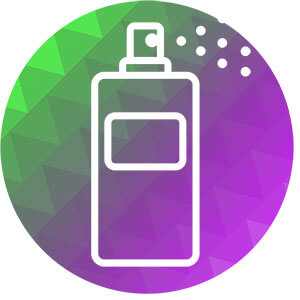
Tanning spray
Spray can be dosed very well due to its liquid form and is quickly absorbed due to its high water content. This makes it easier and quicker to distribute. It is also easier to reach hard-to-reach areas such as the back. Nevertheless, tanning spray is recommended for experienced users. If you accidentally spray several spots or vary the spraying distance too much, differences in the tan will quickly occur.
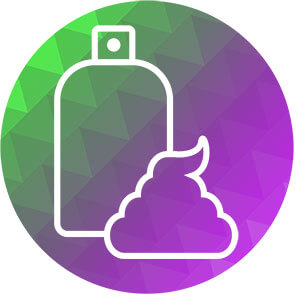
Tanning mousse
The slightly foamy mousse can be spread very well with a flannel; a good alternative for those who do not want to get their hands dirty. The concentration of tanning substances is rather low here, which is why you need a comparatively large amount. On the other hand, mousse combines the advantages of lotion and gel: it is quickly absorbed and has a skin-caring effect.

Tanning cloth
The optimal alternative for on the go: The self-tanning cloth is an individually packaged cloth that is already soaked with tanning agent. Once opened, you should use it immediately, otherwise it will dry out quickly. The shape and application are practical, but one cloth is not enough for the whole body, but only for the arms and décolleté, for example. In addition, the tanning towel produces more waste than the other versions.
Does the self-tanner stain?
The tanning product should neither smudge nor rub off onto clothing. However, no manufacturer will write “Caution, cream leaves traces of colour” on their product. Therefore, you should test yourself how smudge-proof the tanning lotion really is. Treat a small area of the body and then put on a shirt that can also get dirty. However, you should always allow at least fifteen minutes for the product to soak in, no matter which type of self-tanner you choose.
In the case of products with DHA, you should not shower or bathe while the tan is developing. Water can wash off the tanning product, resulting in reduced effectiveness or uneven, patchy colouring. Sweat can have the same unwanted effect. Therefore, do not exercise or expose yourself to heat for a long time during the effective period. Ideally, you should leave the self-tanner to work overnight.
Special tanners for the face
Not every self-tanner is suitable for all parts of the body. Very rich products that absorb slowly into the skin should not necessarily be used on the face. Some manufacturers offer tanning products specifically for the body or face. The latter have a higher water content, less active tanning ingredient or fewer or no fragrances.
Is self-tanner safe for health?
In general, self-tanning products can be used without hesitation, at least in moderation. However, it is recommended not to apply the self-tanner more than twice a week. In addition, the product should not be a permanent solution, but should only be used temporarily, for example if you want to get a darker complexion before a winter holiday in warm regions or if the summer in this country is too long in coming, but you do not want to do without your usual tan.
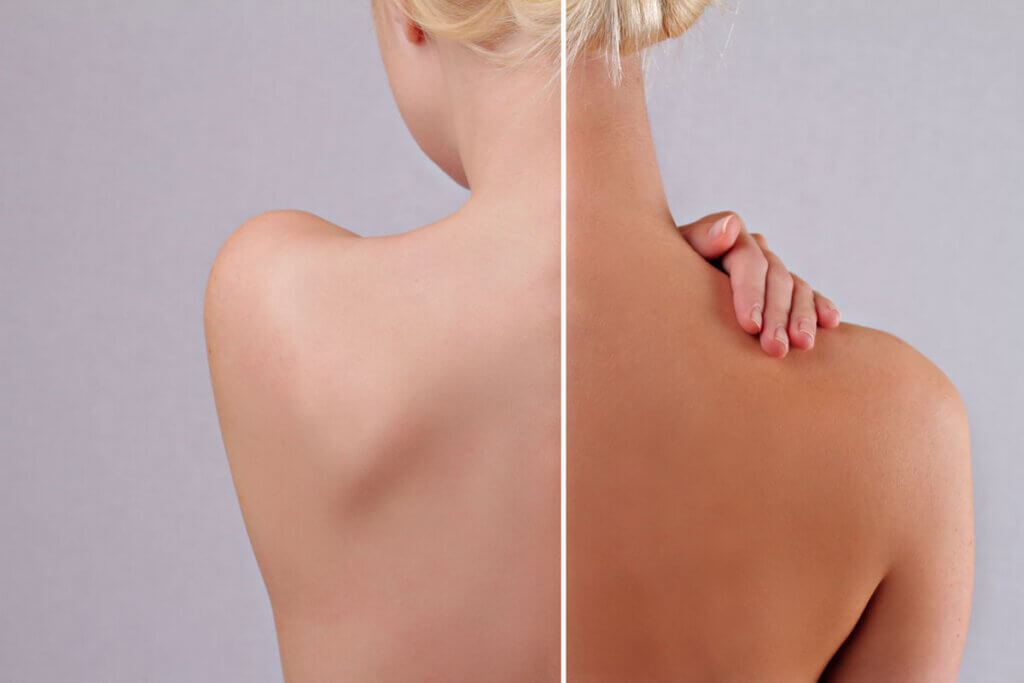
Above all, remember that sunbathing puts your skin at increased risk. In contrast, self-tanner is definitely the better choice. Only children, allergy sufferers and people with skin diseases should avoid the tanning product. Check beforehand whether ingredients to which you may be allergic have been processed in the product. These usually include parabens, which are used as preservatives, silicone oils or synthetic fragrances.
Formaldehyde is formed from DHA
Anyone who reads up on health concerns about self-tanning products will inevitably come across the fact that DHA forms formaldehyde at high temperatures and when stored incorrectly. This can be carcinogenic if it gets into the respiratory tract. It is therefore important that you always store tanning products with DHA in a cool place – in the fridge if possible – and use them up by the best-before date. Manufacturers of self-tanning products and other care products do not have to declare a formaldehyde content if it is below 0.05 per cent, as it is harmless to health and not allergenic up to this concentration.
However, manufacturers must mention it on the packaging if the content reaches a value of up to 0.2 percent. This is also only permissible if other ingredients – such as DHA – can cause this compound to form. The use of formaldehyde itself in cosmetic products has been banned in the EU since 2019.
Combination with other care products
Self-tanning products are not sunscreens. So if you want to tan naturally in addition, you should take precautions with appropriate sunscreen. However, allow the tanner to take effect completely beforehand, otherwise the products could mix and weaken their effect.
It is advisable to apply a body lotion before using self-tanners – especially if you tend to have dry skin. If flakes of skin come off after self-tanner treatment, the skin will quickly become blotchy and uneven. A body lotion will even out dry patches of skin and make it soft and even so that the tanner can be applied more easily.
Smooth skin for best tanning results
Self-tanning products are easiest to apply to smooth, clean skin. Ideally, you should use it after showering or bathing. If you have exfoliated your body, the skin will be nice and soft. It also helps the tanning effect if you shave or depilate the areas of your body that you want to apply the self-tanning lotion to beforehand.
Removing self-tanning lotion
It can happen that you are not satisfied with the result of the self-tanning product; for example, because the complexion has become too dark or blotchy. If you want to remove it again, a thorough body cleansing will help. After all, the tanner is meant to make the skin appear in a different shade for some time.
Take a hot bath and let your skin soak for at least 15 minutes. Then wash the affected areas thoroughly with a sponge or wax cloth. If possible, also use an exfoliating scrub and rub it thoroughly over your body. Do not scrub frantically at one spot, but work it in evenly.
Individual spots or streaks can be brushed with lemon juice, which has a brightening effect. Also wash these areas thoroughly after treatment and apply a body lotion afterwards, as citric acid draws moisture from the skin.
Some manufacturers even offer self-tanning removers in the form of creams that contain lightening substances.
Images 1-5: © FinalCheck | Image 6: dream@do / stock.adobe.com

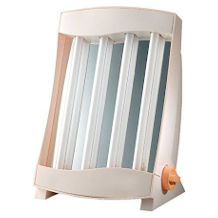
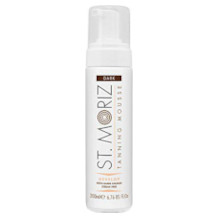
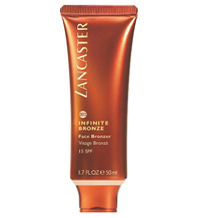

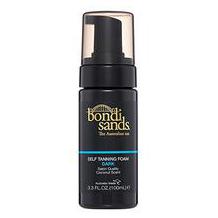
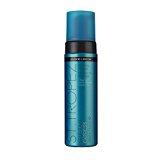
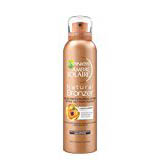
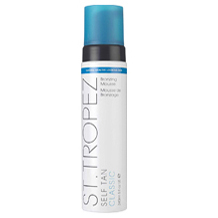
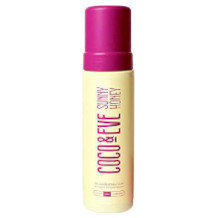

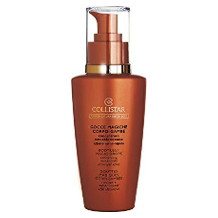
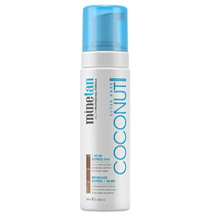
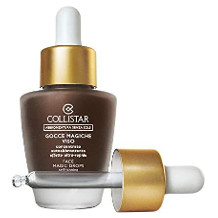
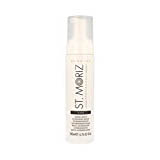
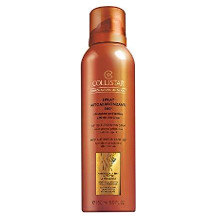

 1,492 reviews
1,492 reviews

